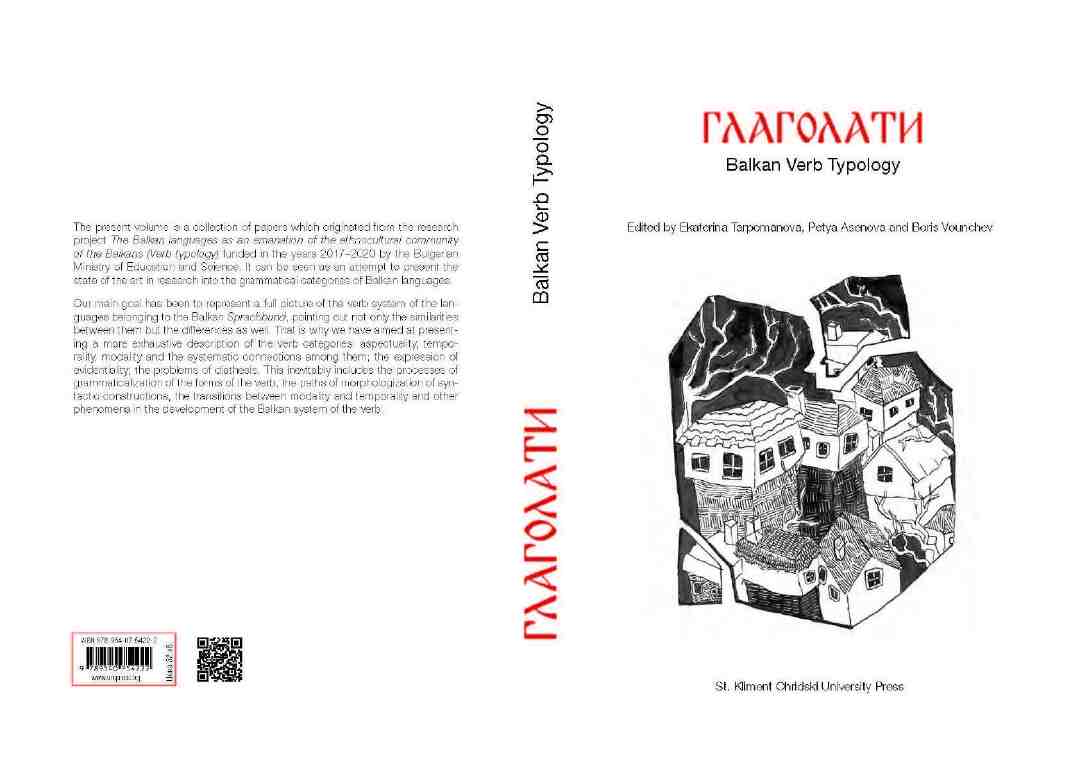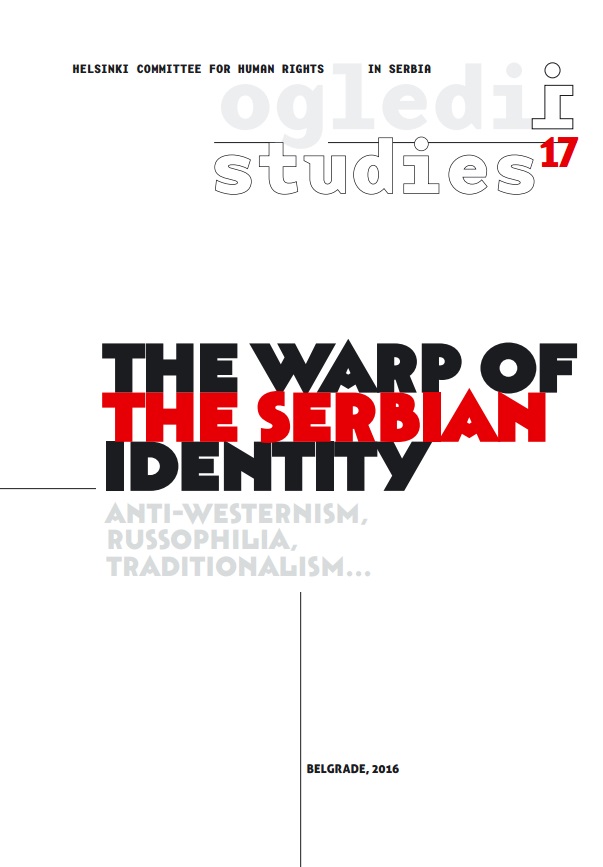

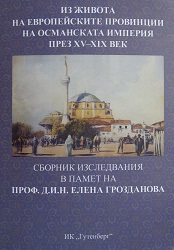
Keywords: history of the Ottoman empire fiscal system; fiscal system; Ottoman empire; eighteenth century; Balkan history;
Elena Grozdanova devoted a large part of her scholarly attention to the Ottoman poll-tax, its administration and the source-value of the cizye records for the study of historical demography of the Balkan territories under Ottoman rule, a subject comprehensively explored and summarized in her monumental study entitled Balgarska narodnost prez XVII vek. Demografsko izsledvane, published in Sofia in 1989. A copy of her work, with Elena's handwritten dedication dated 21 july 1989 in possession of the author, is a sad reminder of a lost reminder of a lost friend and a colleague whose fascination with Ottoman fiscal registers the present author shares. Yet while her book investigates, in a broad sweep and (in her own words) with a "complex approach", the situation during the seventeenth century up to about 1690 when a new system of levying the cizye was devised and progressively introduced, the present contribution merely intends to throw some light, at the micro-level of one small Aegean island, on a few but significant developments in this island fiscal regime during the eighteenth century.
More...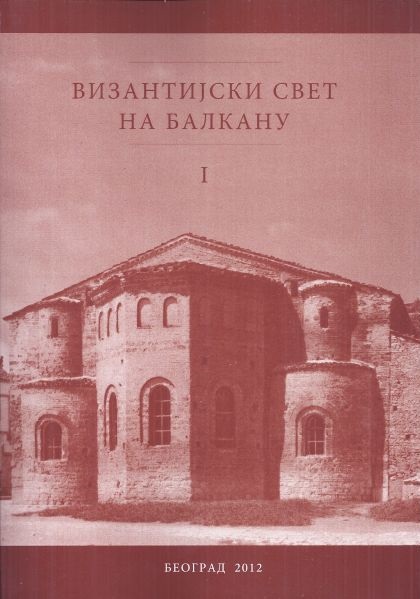
The countenance and role of portraits on the partly preserved fresco in St. Sofia church in Ohrid showing manifestation of Divine Wisdom have been differently interpreted. Starting from the hagiography of St. Basil the Great, some art historians have interpreted this fresco as Christ’s and holy Apostle’s epiphany to St. Basil the Great, who is being called to the service in the holy altar. Other art historians have envisaged the composition in a wider context, primarily pointing to a special place of St. Paul in the apostolic choir, as well as to a special bond between Paul the Apostle, the most meritorious New Testament herald of the Holy Wisdom, and his best hermeneutist, St. John Chrysostom. It is certain that the painter of the St. Sofia Church found an inspiration for the presentation of Holy Wisdom in sophiological texts of the Old Testament, in St. Paul’s epistles as well as in the testimonies of St. Proclus of Constantinople re corded in the Hagiography of St. John Chrysostom. The representation of the Holy Wisdom as a girl stems from the tradition relying on the King Solomon’s tales, in which the Holy Wisdom builds a home and summons people to eat bread and wine she has prepared (9, 1–5). In this context, the representation of the Holy Wisdom should not be interpreted regardless of the image of Jacob’s ladder, since this representation, being placed in the altar symbolizing Heaven, makes present the very incarnation of the Son who came down from Heaven (John 3, 13). The liturgical context of Holy Wisdom representation is underlined by the image of St. Basil the Great, certainly the most significant Divine Liturgy maker/creator, beside St. John Chrysostom. Both of these compositions, the Jacob’s ladder and Service of St. Basil the Great, related to the epiphany of Holy Wisdom to St. John Chrysostom, enclose both aspects of “Divine Economy”: the coming of Christ into the world and his Eucharistic sacrifice in Liturgy. The position of Holy Wisdom in the altar suggests not only “symbolic interpretation of an exceptional rhetorical gift” nor just “Divine inspiration — a dream of St. John Chrysostom” since both the rhetorical gift and divine inspiration need the same life-giving source — the Holy Eucharist. The participation in the agape that Holy Wisdom prepared (as it is stated in the 3rd line of the 9th chapter of King Solomon’s tales) refers to, according to St. John of Damascus, ineffable future goods that Holy Wisdom would give to those who take her Body as their meaningful food and her Blood as their meaningful drink. The Holy Wisdom’s agape, which was prepared long before, in the words of St. Maximus the Confessor, is a final destination and purpose of the painting in the Church of St. Sofia in Ohrid.
More...
Acquisition is the act of becoming the owner of a certain property. It could be original and derivative. Original acquisition is that by which a man secures a property in a thing which is not at the time he acquires it, and in its then existing condition, the property of any other individual. In Serbian medieval law it may result from capturing things from the enemy (booty), finding a thing, occupancy, accession and long use (lapse of time, usucapio).
More...
Evidence of the existence of the cult of St. Ioanikkios of Devi~, the Serbian hermit who lived in the first half of the 15th century, can be found in the texts written several centuries after his death and in his rise to sainthood. These texts were preserved in the 18th century manuscripts — one sinaxar life of the saint and two completely independent church services — the first copied in the Devi~ monastery in 1757, and the second one, written by Antonije, a monk from the Grabovac monastery in Hungary, in 1759. Antonije’s Grabovac service was written, as it were, in a ‘new’ spirit. It portrays a rather generalized character, a saint devoid of individual characteristics and who has very little in common with Ioanikkios’ real personality, not even to the degree that is customary in this type of poetry. The Grabovac service has very little to do with the saint it was dedicated to, both in terms of time and its essence. On the other hand, the text written in the Devi~ monastery is the copy of an older text which may date back to the time when the service was created. For this reason, the Devi~ text is analyzed more closely in this paper and within the context of old Serbian liturgical poetry. The paper examines the structure of the Devi~ service (and sinaxar life of the saint in it) and tries to determine, on the basis of text analysis, the time when the service was written. Judging by the immediate poetic images used to describe the saint, which are indicative of the period in which he lived, as well as by the predominantly hesychast atmosphere of the text — the period when this work was written may have been the fourth decade of the 15th century at the latest. This was the period when hesychasm was strong, and poetry emanated hope and peacefulness. The next decade already marked the unfolding of unfortunate historical events: the fall of Constantinople (1453), the death of Despot Djuradj Brankovi} (1456), the fall of Smederevo (1459) and the Turkish massacre of the Orthodox population, such as the one in Novo Brdo in 1477. Such events added to Serbian literature a tone of sincere desperation, a painful doomsday feeling and expectations of the ‘end times’ that were non-existent in the church service dedicated to St. Ioanikkios. The Appendix contains the issue of the sinaxar life of St. Ioanikkios from the Devi~ service, according to the manuscript written in 1757, which is kept in the Serbian Academy of Arts and Sciences Archive, No. 71.
More...
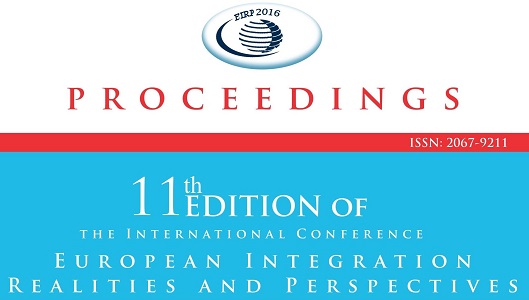
Keywords: Islamic culture; Quran; terrorist attacks; geopolitical; Middle East
The purpose of this paper is to try as much as possible to clear the mystery about the violent nature of Islamic people and to investigate the reasons why they have resorted to terrorist acts marking the whole history of mankind, in their insatiable quest for uniqueness. The paper aims at capturing the developments in the Middle East people who over the years have managed to impose their views and judgments by intimidation methods. It also wants to be an analysis of the message sent by the Quran, much discussed and still mysterious to many people. What does it really teach? Why do the Muslims believe that their main emblem is this book? Why put so much emphasis on the Muslim faith when assessing the potential causes of Muslim world behaviors? In areas where Islam has created a gateway, it even until today fails to preach as the theory promises (peacefully), but by cruelty, murder and terrorist attacks. Finally an issue I will deal with a very pronounced degree of controversy and also very attractive in terms of events lately events that are closely related to acts of terrorism.
More...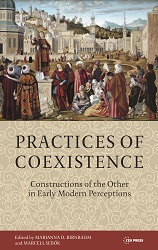
Keywords: Middle ages;Moldavia;Ottoman Empire;
The period in Moldavian history known today as the age of Stephen the Great (1457–1504) followed the tumultuous first half of the fifteenthcentury1 with an era of prosperity, economic growth, military success, andartistic and cultural development.2 The echoes of Stephen’s reign reverberatedlong afterward. In the sixteenth century, the Moldavian populationnot only remembered him for the stability that he brought Moldavia; it alsowidely hailed his achievements, particularly his military victories over theOttoman Empire.
More...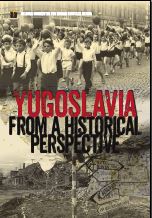
Art and Culture have great significance in the creation of nations and national identities. Art was understood as the embodiment of the national spirit and testimony to its existence, as well as a means for creating a nation. The historical processes of creating Yugoslav art and culture, as well as their fates show just that. The rise and fall of the idea of Yugoslav art occurred during three different historical periods – the period until the unification in 1918, in the Kingdom of Serbs, Croats and Slovenes/Yugoslavia and in the socialist Yugoslav state. The dynamics of the emergence and duration of the idea of Yugoslav art was determined by different political contexts, which never completely interrupted the initiated processes.
More...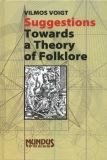
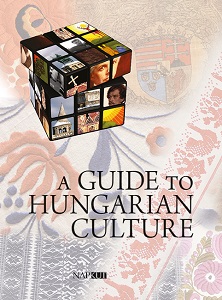
Keywords: Hungarian history
The immense, flat plain that lies between the Ural and Carpathian mountains, north of the Black Sea and the Sea of Azov, allowed dozens of nomadic peoples to wander, separating and mixing, approximately fifteen hundred years ago. A people appeared among them in the reports of Arab and Persian merchants in the 9th century A.D, a people who called themselves Magyar. They inhabited the region where the Kama and Volga Rivers meet (today it is the Bashkir Autonomous Federal Republic of the Russian Federation). Th is was the moment that the Hungarian people entered the writt en history of the world.
More...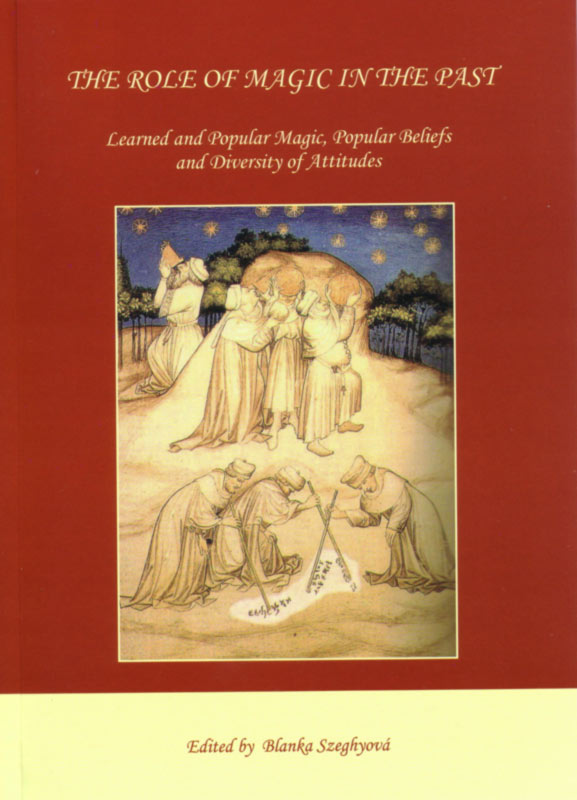
Keywords: magic; Turkish magic; literature; Habsburg propaganda;
The following study deals with magic as a topic of literature, of heroic poetry in particular; it will be a philological approach, which implies looking for artistic models as well as enquiring why scenes of magic were included at all. Magic commonly involving the underworld is quite deeply rooted in the ancient epic tradition, but for a Christian hero attempts to gain more than human power or knowledge by other means than prayer would hardly seem appropriate. Due to its demonisation magic could, however, be used to denigrate the enemy who by this charge was not only accused of associating with the devil, but also convicted of lack of courage and self-confidence. Examples taken mainly from literature in praise of the Habsburg emperors illustrate how classical models, Christian values and crusading propaganda set the frame for the shaping and development of magical scenes in neo-Latin epics and drama.
More...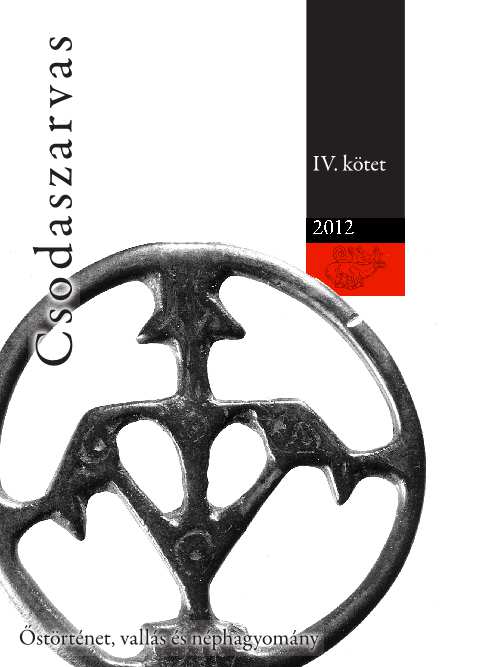
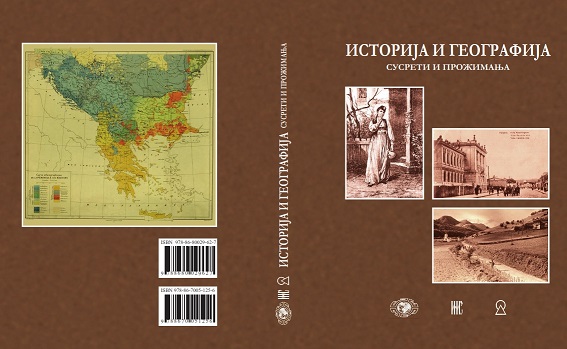
Keywords: Declining hegemony; Western civilization; Life cycle of civilization; Life cycle of hegemony; Extension strategy;
This article analyses short-term and long-term aims which US led international community wanted to achieve by recognition of Kosovo’s independence. Short-term goals could include releasing the political pressure from the Bush administration, establishing military bases in Kosovo and building a pipeline through the Balkans. In the long-run the recognition of Kosovo’s independence has a strategic goal to encourage secessionist movements in China and Russia, two the most likely challengers to a declining American hegemony. This is part of the extension strategy, whose aim is to postpone for as long as possible the decline stage of the American hegemony. In a wider context of the life cycle of civilizations, which is much longer than the hegemony cycle, it could also be part of the extension strategy to postpone the decline stage of the Western civilization.
More...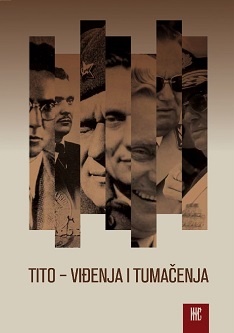
Keywords: third-path model; liminality; Yugoslavism; the Yug / South; space policy; prison islands; Brioni archipelago;
In this paper I investigate Tito's space politics which followed his rhetoric of political in-betweeness and was marked by a specific logic of decentralization and territorial reorganization. After the Tito-Stalin-split, Yugoslavia’s 'Third Path' was literarily put on stage at its southern periphery where particular areas of an exclusive Yugoslavism were created on the archipelagos. Especially two forbidden insular areas, the President’s residence on the Brioni Isles and the prison-islands of Goli Otok and Sveti Grgur, give evidence of ambivalent socio-political strategies, i. e. of marginalization and exclusiveness respectively, that should guarantee a self-determined development and transformation into the visionary 'third' space. The prison camps in the midst of the Dalmatian holiday paradise and the imperial-cosmopolitan stage on the Brioni archipelago are regarded as pictorial examples of the former Yugoslavia's liminal condition. They constituted ‘anti-structures’ within a society which acted as a threshold towards a new socio-political order beyond the two major blocs of the Cold War era. In both cases, the territorial strategies of inclusion and exclusion give some indication of how the delicate balance between East and West was enabled by the creation of liminal spaces that would transcend and also transgress the Yugoslav socio-cultural system.
More...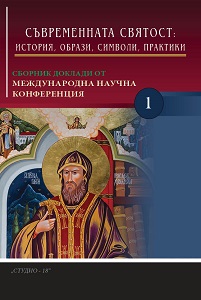
Keywords: Bulgarian saints; martyrs; Angel Bitolski; Kirana Solunska; Zlata Maglenska; Nikita Serski; Akakii Serski; Dimo Ribar; Atanas Solunsky; Alexander Solunski; Hristo Gradinar; Trendafil Zagorski
The subject of the present study is the depiction of Bulgarian saints, martyrs, who appeared during the Ottoman rule in the period 17 th – 19 th centuries, from the territory of today's Greece. Such are the saints - martyrs: Angel Bitolski, Kirana Solunska, Zlata Maglenska, Nikita Serski, Akakii Serski, Dimo Ribar, Atanas Solunsky, Alexander Solunski, Hristo Gradinar, Trendafil Zagorski, who are the subject of the study. The aforementioned saints are described in the collections of the lives of Bulgarian saints, but there are no images of them in our temples, except for St. Zlata Maglenska. The lack of images of these saints was the main motive to be made a tour around a number of cities in Greece. To visit orthodox temples and places related to their lives and to take pictures of their images.
More...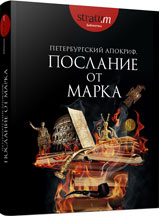
Keywords: chiefdoms; Sclavini; Antae; the Dniester-Prut interfluve;Byzantine influence;
The article treats a small group of hoards in the Dniester basin, in the territory of the Prague culture, correlated with the Sclavines of the 5th — 7th centuries. These are the findings in Krylos, Zalesye, Velykyi Kuchuriv. Apparently, they mark a center of power, corresponding to the area of dense Slavic settlement. Byzantinization of the chiefs’ elite is evidenced for the Balkan Slavs in the 7th century. The hoards in the Dniester basin also demonstrate a strong Byzantine influence on the material culture of the Slavic chiefs’ elites.
More...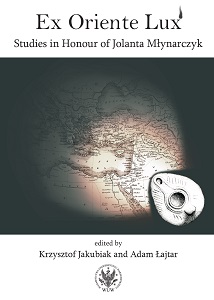
Keywords: Roman visual art; Roman mosaics; ancient rhetoric; antithesis; allegory; Pagans and Christians; Cyprus; Late Antiquity
The author observes that the mosaic of the House of Aion (Nea Paphos, Cyprus) employs rhetorical figures in its iconographic program, including analogy, personification, allegory, and, in the first line, antithesis. The rhetoric and its figurative language is a constant element of speeches and writings since the fifth century BC until almost the fifth century AD. Yet, this method of reasoning, argumentation and persuasion is also used in the narrative and polemical language of Roman iconography. The paper is a “case study” of the employment of rhetorical methods in the Roman visual art and especially in Roman mosaics.
More...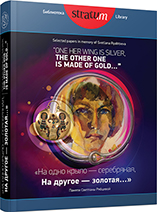
Keywords: Bulgaria; Preslav; Early Middle Age; art metalwork; production centers; typology
The production of art metal in the early medieval Bulgaria became known after the discovery of three metal-plating centers in the vicinity of the capital of the First Bulgarian Kingdom — Preslav, from the beginning and middle of the 10th century. Along with technology and jewelry, the origin of raw materials and the chemical composition of the metal, necessary to fully comprehend the extremely numerous material found so far, there are some issues related to the shape, proportions, elements of the ornament and the method of manufacturing individual decorative details. Combination of all these components leads to one exceptionally rich palette of various belt jewelry, at the same time reflecting the fashion trends of the era, the individual approach of the craftsman and traditions in the art of artistic metal.The original combinations of shapes and ornaments found on the belt adornments of metal-plastic manufacturing centers are nowhere to be found in such a variety during this period, neither in the country nor abroad. In the various settlements and fortresses of medieval Bulgaria in the early period, only a few representatives of certain types are known, and not in such great diversity. A similar picture exists outside the country: numerous finds from various places in Hungary, Serbia, Russia and Southeastern Europe cannot be compare with the richness of shapes and ornaments originating from the one place near Preslav. This is somewhat explainable by the place of production, but it seems to be not the only reason. There are many industries outside the country, which do not show this diversity of products.
More...